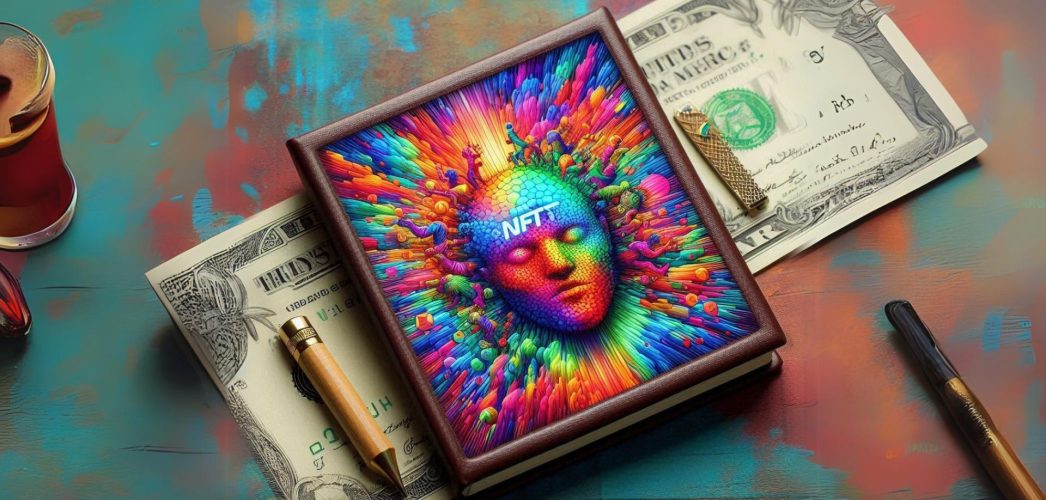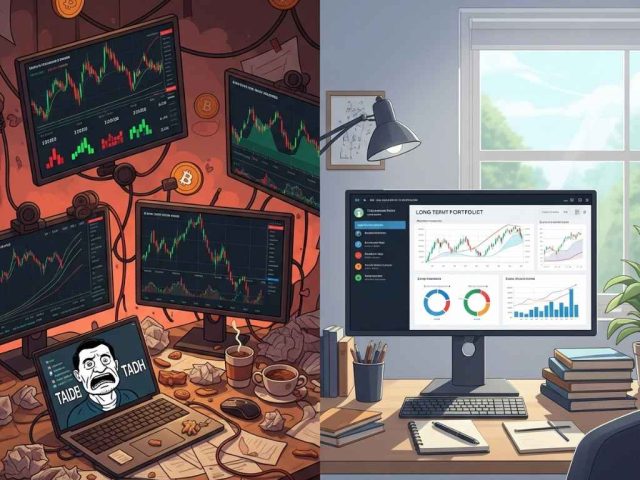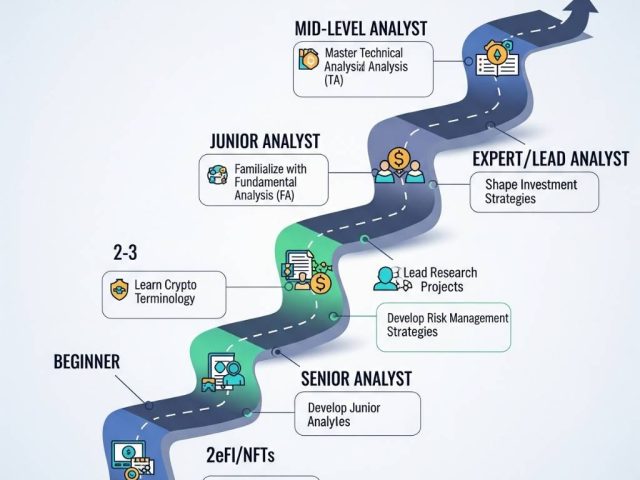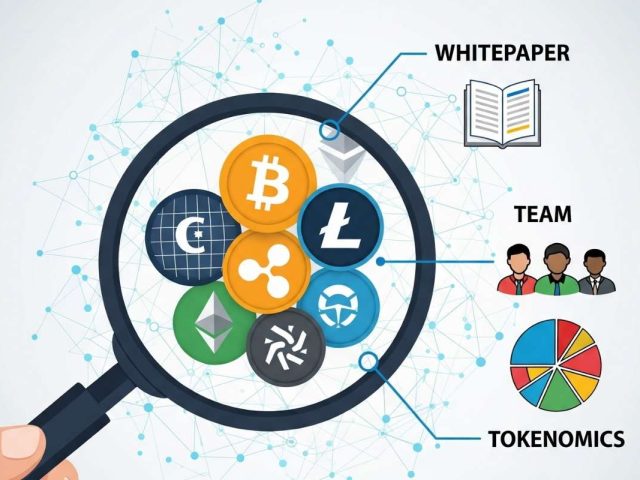Demystifying the Craze: What Exactly Are NFTs?
The digital world has been abuzz with the term “NFT” for a while now. From record-breaking million-dollar sales of digital art to celebrities tweeting about their Bored Ape purchases, NFTs have captured the collective imagination. But for many, NFTs remain shrouded in mystery. Fear not, fellow curious minds! This guide will be your compass, navigating the exciting yet complex world of Non-Fungible Tokens.
A Digital Deed of Ownership
Imagine a one-of-a-kind digital certificate that verifies your ownership of a unique digital asset. That’s the essence of an NFT. Built on blockchain technology, NFTs act like digital deeds of ownership for virtual items. Each NFT is a unique cryptographic token, akin to a fingerprint, ensuring its authenticity and scarcity in the digital realm.
Think of it like this: In the physical world, you might own a rare painting with a signed certificate of authenticity. In the digital world, an NFT serves as that certificate, proving you own a one-of-a-kind digital creation, whether it’s a piece of art, a song, or even a virtual plot of land.
Beyond Images: The Diverse World of NFTs
While eye-catching digital artwork has been at the forefront of the NFT boom, their applications extend far beyond the art world. NFTs are revolutionizing how we interact with and own digital assets across various industries:
- Gaming: Imagine owning unique in-game items like armor or weapons in your favorite video game, not just as data on a server, but as verifiable assets you can trade or sell outside the game. NFTs are making this a reality, creating a new realm of digital ownership and potential revenue streams for players.
- Music: NFTs are empowering musicians to connect directly with fans and offer exclusive content or experiences tied to NFTs. This could include unreleased tracks, backstage passes at concerts, or even a share of future royalties.
- Collectibles: From trading cards and sneakers to sports memorabilia, the NFT realm is embracing the world of collectibles. Owning an NFT collectible can provide a unique digital fan experience and potential investment opportunities.
These are just a few examples, and the possibilities are constantly evolving. As NFT technology matures, we can expect to see even more innovative use cases emerge, transforming the way we interact with and value digital assets.
Why All the Hype? Exploring the Potential of NFTs
The explosion of NFTs isn’t just about flashy headlines and celebrity endorsements. It’s driven by the exciting potential they hold to reshape digital ownership, empower creators, and foster vibrant online communities. Let’s delve deeper into the key drivers behind the NFT revolution:
A Boon for Creators and Collectors
- Direct Monetization: NFTs empower creators, like artists and musicians, to bypass traditional gatekeepers and monetize their work directly. By selling NFTs of their creations, they can connect with fans on a deeper level and capture a larger share of the profits.
- Fair Recognition and Royalties: Smart contracts, embedded within NFTs, can automatically distribute royalties to creators every time their NFT is resold. This ensures they receive ongoing compensation for their work, a challenge faced by many creators in the digital age.
- Provenance and Authenticity: NFTs provide an immutable record of ownership and authenticity. Collectors can be confident they own a genuine piece of digital art or collectible, not a copy. This fosters trust and transparency in the digital art market.
Inspiring Quote:
“With NFTs, artists can finally capture a true share of the value they create.” – Amy Cappellazzo, Art Advisor
Revolutionizing Digital Ownership and Scarcity
NFTs challenge the very concept of digital ownership, which has traditionally been fluid and easily replicated. Here’s how:
- Scarcity in the Digital Realm: NFTs introduce the concept of scarcity to digital assets. Unlike infinitely reproducible digital files, each NFT is unique and cannot be replicated. This creates a sense of value and exclusivity for collectors, similar to owning a rare physical object.
- Fractional Ownership: NFTs can be fractionalized, allowing multiple people to co-own a single NFT. This opens up investment opportunities for a wider audience and fosters a sense of community ownership.
- Unlocking New Utility: NFTs can be programmed with additional functionalities beyond simply representing ownership. They can grant access to exclusive content, virtual experiences, or even voting rights within a community. This adds a layer of utility and potential value to NFTs.
The ability to create verifiable scarcity and unlock new forms of utility within the digital realm is a significant innovation that NFTs bring to the table. This has the potential to reshape how we interact with and value digital creations in the future.
Building Exclusive Communities and Access
NFTs are not just about owning digital assets; they’re also fostering the creation of vibrant online communities with unique perks and access. Here’s how:
- Membership Clubs: Owning an NFT can act as a membership key to exclusive online communities. These communities can offer members access to a variety of benefits, such as:
- Discounted merchandise or event tickets
- Exclusive content or experiences
- Direct communication channels with creators or celebrities
- Networking opportunities within a like-minded community
This fosters a sense of belonging and shared passion among NFT holders, further amplifying the value proposition of owning an NFT.
- Decentralized Governance: Some NFT projects are exploring the use of NFTs for decentralized governance. Owning an NFT from a particular project might grant you voting rights on key decisions related to the project’s future development. This allows for a more democratic and community-driven approach to managing digital projects.
By creating exclusive communities and offering unique access and governance rights, NFTs are redefining how fans and collectors can interact with their favorite creators and projects. This fosters a deeper level of engagement and loyalty within these communities.
So, You Want to Invest in NFTs? A Step-by-Step Guide
The potential of NFTs is undeniable, and you might be considering taking the plunge and investing in them. But where do you even begin? Here’s a step-by-step guide to help you navigate the exciting yet complex world of NFT investing:
Do Your Research: Choosing the Right NFT Project
Investing in NFTs requires careful research, just like any other investment. Here are some key aspects to consider:
- Project Team and Roadmap: Research the team behind the NFT project. What’s their experience? What’s their vision for the project? A strong and experienced team with a clear roadmap inspires confidence.
- Community Engagement: A thriving and engaged community is a positive sign. Look for projects with active social media channels and Discord servers where you can get a feel for the community’s sentiment and level of support for the project.
- Utility and Value Proposition: What kind of utility does the NFT offer beyond just the artwork? Does it grant access to exclusive content, membership benefits, or future airdrops? The more utility an NFT offers, the more value it potentially holds.
Remember: Don’t get caught up in the hype! Invest in projects you genuinely believe in and that align with your interests.
Setting Up Your Crypto Wallet and Marketplace
Once you’ve identified a promising NFT project, it’s time to gear up for your first purchase. Here’s what you’ll need:
-
Crypto Wallet: Most NFT marketplaces operate on the Ethereum blockchain, so you’ll need a crypto wallet compatible with Ethereum (ETH). Popular options include MetaMask, Trust Wallet, and Coinbase Wallet. These wallets allow you to store your cryptocurrency and connect to NFT marketplaces.
-
Funding Your Wallet: You’ll need to purchase some ETH to fund your wallet and cover transaction fees associated with buying NFTs. Cryptocurrency exchanges like Coinbase or Binance allow you to buy ETH using your credit card or bank transfer.
-
Choosing an NFT Marketplace: There are numerous NFT marketplaces, each with its own focus and user interface. Popular options include OpenSea, Rarible, SuperRare, and Foundation. Research different marketplaces to find one that suits your needs and interests.
Here’s a helpful tip: Some marketplaces allow you to connect your existing social media accounts to verify your identity. This can be helpful in filtering out potential scams or low-quality projects.
Understanding Transaction Fees and Gas Costs
Before diving headfirst into your first NFT purchase, it’s crucial to understand transaction fees and gas costs associated with buying NFTs on the blockchain. Here’s a breakdown:
-
Transaction Fees: These are fees charged by the NFT marketplace itself to facilitate the buying and selling process. These fees can vary depending on the marketplace you use.
-
Gas Costs: These fees are inherent to the Ethereum blockchain and are required to process transactions on the network. Gas costs fluctuate based on network congestion. When there’s high demand for transactions on the Ethereum network, gas costs can surge significantly.
Why are these important? Understanding both transaction fees and gas costs is essential because they can eat into your overall investment. It’s wise to factor these costs into your budgeting when considering an NFT purchase.
Pro Tip: Some NFT marketplaces allow you to set a maximum gas price you’re willing to pay for a transaction. This helps you avoid getting hit with unexpectedly high gas fees.
By familiarizing yourself with these costs and setting spending limits, you can approach your NFT investment journey with a clear understanding of the associated financial considerations.





